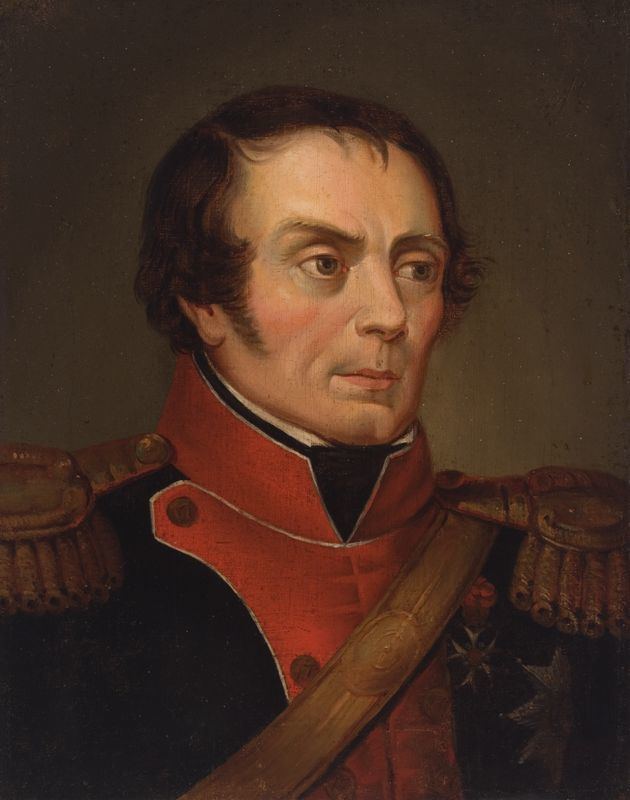Died 4 September 1839 | Parents Józef Ignacy Tyszkiewicz | |
 | ||
Children Benedict Tiškevičius, Juozapas Mykolas Tiškevičius Grandparent Mykolas Jonas Tiškevičius Logoiskis People also search for Józef Tyszkiewicz, Benedict Tiškevičius | ||
Michał Tyszkiewicz (Lithuanian: Mykolas Tiškevičius; 1761 – September 4, 1839) was a member of the noble Tyszkiewicz family and polkovnik in the French Grande Armée during Napoleon's invasion of Russia in 1812. He acquired several manors in present-day Lithuania, including those in Palanga and Biržai. He and his descendants built and reconstructed several manor houses that are some of the most important sites of manorialism heritage in Lithuania.
Contents
Napoleonic Wars
During the Napoleon's invasion of Russia in 1812, Tyszkiewicz supported Napoleon in hopes of reestablishing the old Grand Duchy of Lithuania. On July 5, 1812, using his own funds, he began formation of the 17th uhlan regiment. Staff headquarters were in Kupiškis while men were recruited from Biržai, Raseiniai, Telšiai, Panevėžys. In recognition, Napoleon named Tyszkiewicz polkovnik, commander of the regiment, and Chevalier of the Legion of Honour. On January 19, 1813, the regiment had 829 men. The regiment was attached to the X Corps of the Grande Armée. Tyszkiewicz became ill and did not participate in action; the command was taken over by major Kozlovsky. In December 1812, the regiment covered the French retreat from Tauragė to Königsberg and saw action at Sieraków (Zirke) on February 11, 1813. The unit was defeated and many were taken prisoner. Remnants of the regiment were attached to the division commanded by General Étienne Maurice Gérard of the XIII Corps. After the end of the War of the Sixth Coalition in May 1814, soldiers and commanders were pardoned and allowed to return. In 1904, his great-grandson published Histoire du 17me Régt de cavalerie Polonaise Lanciers du Cte Michel Tyszkiewicz 1812-1815 about the regiment.
Estates
Tyszkiewicz made several large acquisitions of manors to become a large landowner. In 1811, after lengthy legal proceedings, he acquired the ruined Biržai Castle and dependent serfs from Dominik Hieronim Radziwiłł for 450,000 silver rubles. In 1819, Tyszkiewicz bought Raudondvaris Castle. It was gifted to his son Benedykt Emanuel Tyszkiewicz on the occasion of his wedding to Vanda Vankovich, daughter of Anton Vankovich. On July 13, 1824, Tyszkiewicz bought Palanga with manors in Darbėnai, Grūšlaukė and Palanga from General Franciszek Ksawery Niesiołowski for 177,171 silver rubles. Palanga was developed as a seaside resort by his grandson Feliks Tyszkiewicz (1870–1932) who also built the current Tiškevičiai Palace. On April 23, 1828, Tyszkiewicz bought Nemėžis Manor and built the two-storey manor house that survives to this day.
Family
He was son of Jozef Tyszkiewicz (1724–1815). Tyszkiewicz married Joanna Karp (1777–1816) and they had four children:
Tyszkiewicz was buried in Valozhyn.
